April 20th, 2007
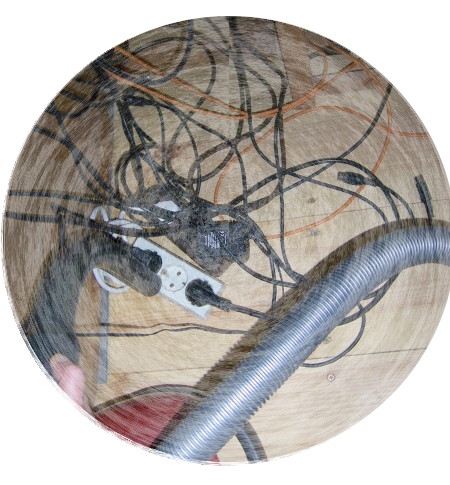
A constant nuisance when vacuum cleaning are cables (see above image) since they easily get tangled up and catch dust. I always wondered, why there is no widely available system of e.g. adapters hooked directly to consumer electronics in order to avoid too much “cable spaghetti” – analogous to the solution of a computer blade.
People from IBM made this instructive video in order to display that blades could still include in principle a noble solution.
posted by nad | art and design, communication, physics, software, trips, Uncategorized | No Comments »
April 19th, 2007
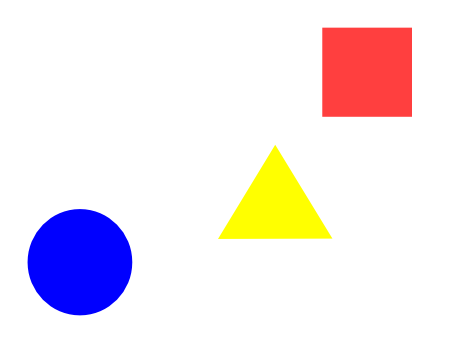
This is not this
In their upcoming paper “The emergence of simple languages in an experimental coordination game”, Proceedings of the National Academy of Science, 2007 Reinhard Selten and Massimo Warglien describe an experiment in which the development of languages was evaluated via a bonus system within a game-like environment:
Read the rest of this entry »
posted by nad | communication, games, perception | No Comments »
April 18th, 2007
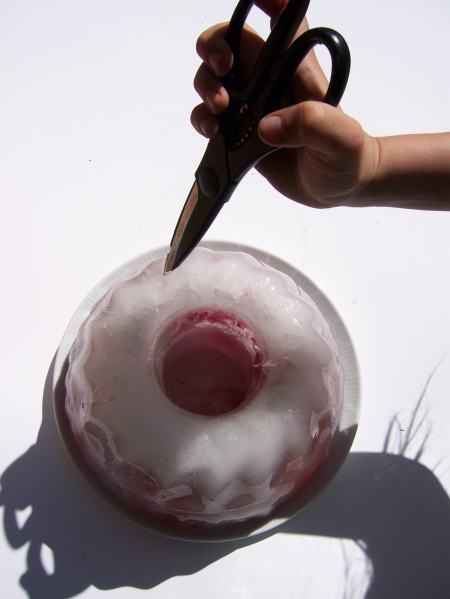
water on the rocks
This is a belated easter post in which the making of an eastereggsearchtart will be under display.
Read the rest of this entry »
posted by nad | berlin, climate, perception, physics, Uncategorized | No Comments »
April 17th, 2007
With a grant from the Clay Math Institute Libraries without walls have scanned notebooks of Felix Klein (at the moment they are still labeled Fritz Klein protokolls there, but it seems obvious that they meant Felix Klein). The protokolls cover the mathematical colloquia he held at Göttingen, Erlangen, Munich and Leipzig and they are truly beautifull documents: You will find handwritten abstracts of many famous mathematicians of that time (the protocols are not course notes taken by a listener but short summaries of the lecures by the speakers themselves).
posted by timh | math, Uncategorized | No Comments »
April 13th, 2007
Whereto would you like to drag the vertical object?
The idea to the above applet was formed by thinking about salience and 3D user interfaces in conjunction with two coils (a sort of 3D Moiré ).
(Closing the lose ends to two coils and sending an electrical current through one of the coils enables in principle inductance. However, observe that in this perpendicular arrangement of the two coils this gives only a very faint current in the second coil. For a stronger current the coils need to be aligned.)
posted by nad | 3d, perception, physics, Uncategorized | 4 Comments »
April 11th, 2007
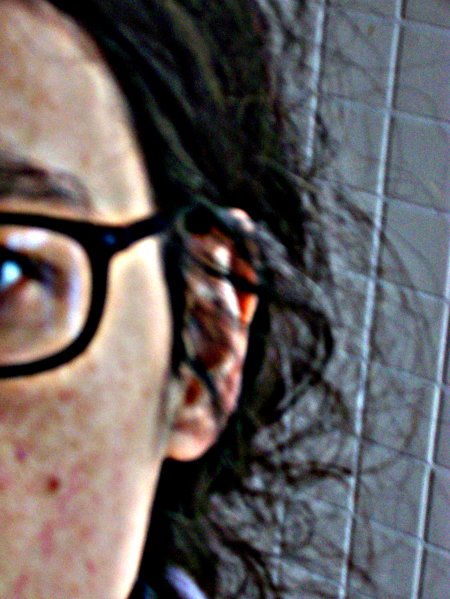
Bad hair – do or day?
When looking at my unkempt twirls in the morning this rather scary variation of Rapunzel came to my mind.
posted by nad | animation, berlin, bio, Uncategorized | No Comments »
April 11th, 2007
Just two links to humanoid robot videos as an update (randform posts e.g. here or here).
One video is displaying a quite good jumping humanoid robot, the other video is displaying the already rather wellknown Jules of hansonrobotics.com…..Looking at Jules reminds again at the question about faces as interfaces and the uncanny valley, as e.g. discussed in this randform post.
posted by nad | 3d, bio, perception, robotics | No Comments »
April 8th, 2007
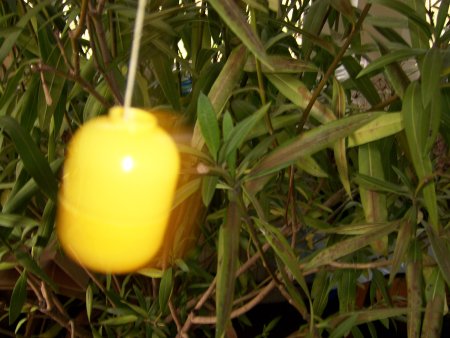
Rest of an Überraschungsei used for a pendulum
It is an interesting question how to approach big challenges. There exists the socalled Top-down and bottom-up design paradigma which is prevalent in computer programming but not only there. It appears also in math, where for example people study special examples (bottom-up)(like e.g. certain differential equations) as well as conceptional questions (top-down)(like e.g. construction of the number system via set theory). It is not only in programming useful to use both approaches. The top-down approach has often the advantage to detect conceptional connections, whereas the bottom-up approach has usually a better connection to applied problems. However sometimes also within the bottom-up approach unexpected connections may appear.
A funny connection between two more-or-less special applications is for example the fact that a discrete pendulum (a mathematical pendulum seen with a strobe light (and the classical counterpart of the quantum pendulum) can be identified with the movement of a ball in a billard with an elliptic shape (via certain coordinates, proof in my Ph.D. thesis). An ellipse is a generalized circle.
Another funny artistic mixture of these two concepts is the Oval with pendulum by Gabriel Orozco. (see also interview on pbs). I think I saw his elliptic billard table at the MAC in 2001, but I don’t remember wether it was part of a temporal exhibition or not and I couldn’t find too much information on the MAC online.
Currently Gabriel Orozco is busy with an equally interesting project. He and photographers Adam Broomberg + Oliver Chanarin and film maker Dustin Lynn are working on the first of several ‘mini missions’ to ‘ARTiculate™ some of the world’s most environmentally trashed regions with the end goal of then presenting work in response to their findings. (article on treehugger, the adventureecology website is a flash site so I cant link the information directly)
Last not least there exist of course the well-known connection between an ellipsoid or egg (3 dim analog of an ellipse) and a pendulum (see above image or e.g. this application for dowsing), but funnily a similar mixture of elliptic shapes and pendulum seems also to appear in astronomy. (?)
posted by nad | art and design, math, physics, Uncategorized | No Comments »
April 6th, 2007
A link to a site which organizes art around the G8 summit in May in Heiligendamm.
From the website “art-goes-heiligendamm”:
The supporting institutions in Rostock hope that the art interventions will have a de-escalating effect. An alliance of around 30 NGO’s have called for an alternative summit. ■ ART GOES HEILIGENDAMM is cooperating, through lectures and Multitude e.V., with the G8 coordination group, who have invited many prominent speakers such as the Nobel prize winners Wangari Mathai and Vandana Shiva; Jean Ziegler; Étienne Balibar; Madjiguène Cissé – a speaker from the Sans-Papiers organisation in France; John Holloway, author of “Change the world without seizing the power” and many more.
posted by nad | art and design, bio, climate, communication, environment, Uncategorized | No Comments »
April 6th, 2007
The use of color in sculpture is a very difficult issue–
Read the rest of this entry »
posted by nad | 3d, art and design, communication, math, perception, software, Uncategorized | 1 Comment »

